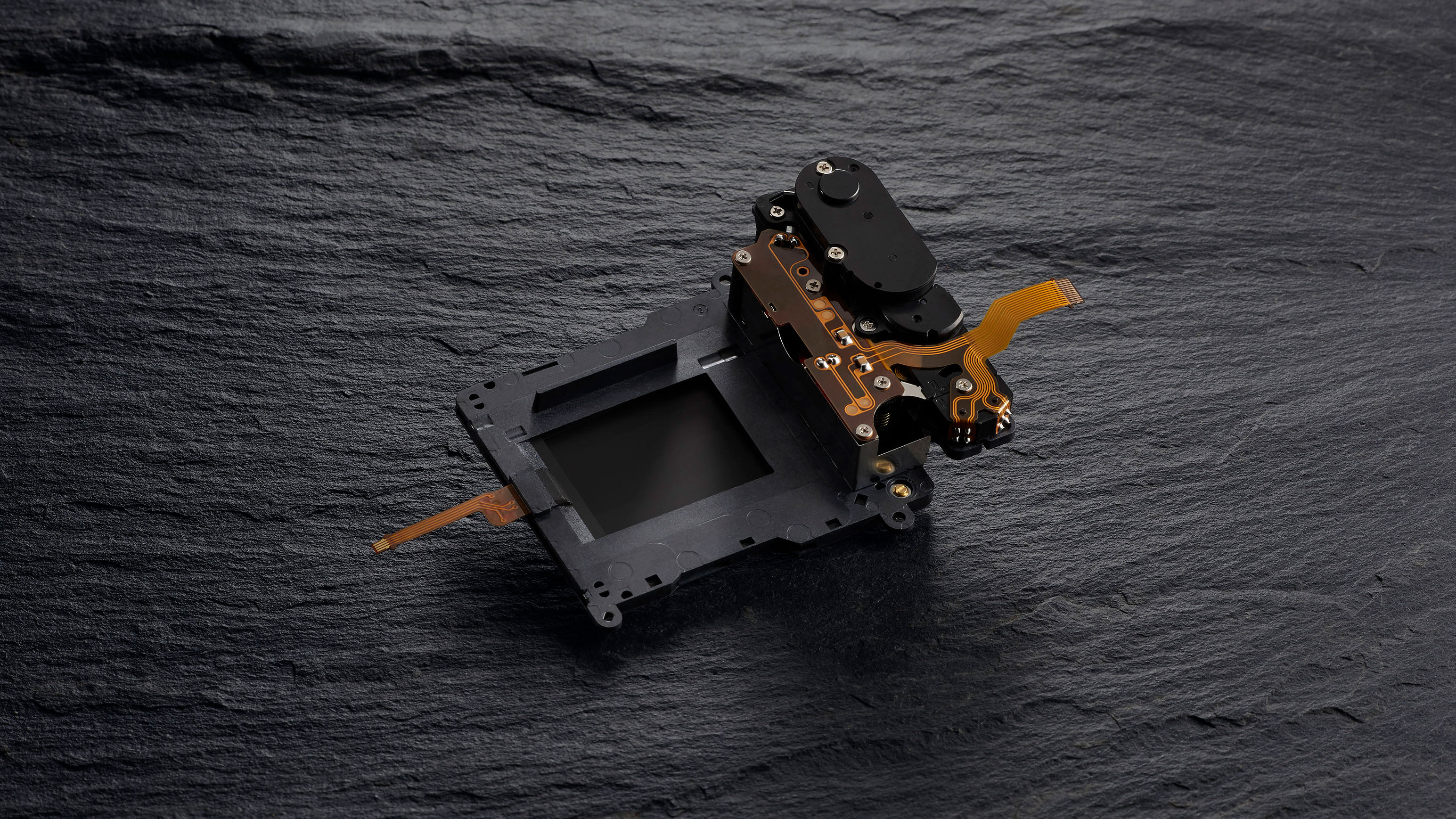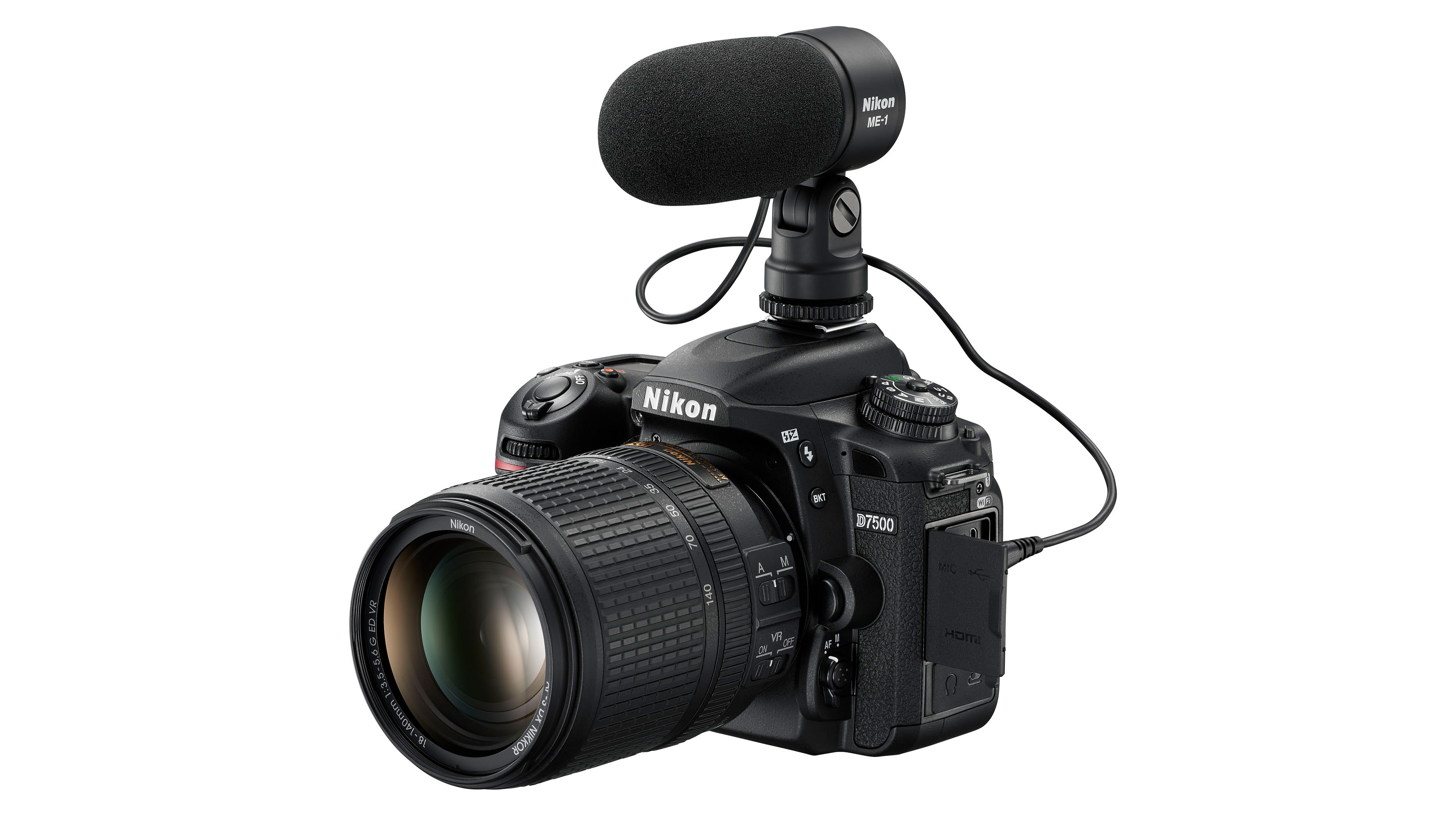Nikon D7200 vs D7500: the D7200 is older but still has some tricks up its sleeve
The Nikon D7500 is aimed squarely at enthusiasts, but how does it compare with its predecessor, the D7200?

Nikon’s D7XXX series of APS-C format DSLRs have proved popular amongst their target market of enthusiast photographers. And while the D7500 dates from 2017, it still has an attractive feature set that makes it an enticing alternative to more expensive mirrorless cameras. But is it worth upgrading to this camera from the older D7200, and if you had a choice of either, which should you choose?
If you’re looking for a powerful enthusiast level DSLR, perhaps the D7500's predecessor has all you need from a camera and at an even more attractive price? The Nikon D7200 may be hard to find new now, but there are plenty of used D7200s around.
In this post, we’ll take a look at how the two cameras compare to help you make the right choice for your photography and budget.
1. Sensor
• Nikon D7500: 20.9Mp APS-C format CMOS sensor
• Nikon D7200: 24.7Mp APS-C format CMOS sensor
Yes, that is the right way around, the D7500 really does have a lower resolution sensor than the older D7200. However, the ace in the D7500’s sleeve is that it’s the same 20.9Mp chip as is in the Nikon’s flagship APS-C format DSLR, the D500, which was also designed to match the top-flight D5’s sensor. The pixel count in the D7500 is lower to enable better low-light performance and all-round image quality.
2. ISO range
• Nikon D7500: ISO 100-51,200 expandable up to ISO 1,620,000
• Nikon D7200: ISO 100-25,600 expandable up to ISO 102,400
The combination of a 20.9MP sensor and the Expeed 5 processing engine in the D7500 enables a native sensitivity range of ISO 100-51,200 with expansion settings going up to ISO 1,640,000 (Hi5). The D7200, however, has an Expeed 4 engine that, paired with the 24.7Mp sensor delivers a standard ISO range of 100-25,600, one stop lower than the D7500’s. There are also two expansion settings equivalent to ISO 51,200 and 102,400, but when they’re selected the camera can only capture monochrome images.
3. Autofocus
• Nikon D7500: 51 points with Single-point AF; 9-, 21-, or 51-point dynamic-area AF, 3D-tracking, Group-area AF, Auto-area AF
• Nikon D7200: 51 points with Single-point AF; 9-, 21-, or 51-point dynamic-area AF, 3D-tracking, Auto-area AF
Both the D7500 and D7200 have a 51-point AF system with 15 cross-type points and a central point that’s sensitive down to f/8 – handy with telephoto lens and teleconverter combinations.
However, the D7500 gains Nikon’s Group-Area AF mode and the ability for the autofocusing to be fine-tuned to accommodate variations in AF tolerance of different lens and camera body combinations.
4. Continuous shooting
• Nikon D7500: 8fps
• Nikon D7200: 6fps
Again, the D7500’s Expeed 5 processing engine helps it to nudge ahead of the D7200, this time by enabling a maximum shooting rate of 8fps rather than 6fps. The newer camera also has a bigger buffer which means that it can shoot at 8fps for up to 50 uncompressed 14-bit raw files whereas the D7200 can only muster 18 at its maximum rate.
5. Construction
• Nikon D7500: Carbon fibre monocoque
• Nikon D7200: Magnesium alloy panels
At 720g / 1lb 9.4oz with a battery and memory card, the D7500 is 45g / 1.6oz lighter than the D7200. It also has a carbon fibre monocoque body which makes it strong yet light and it feels more rugged than the D7200.
Good news for outdoor types who don’t mind a bit of rain, both the D7500 and D7200 are weather-sealed.
6. Storage
• Nikon D7500: Single SD/SDHC/SDXC UHS-I slot
• Nikon D7200: Dual SD/SDHC/SDXC UHS-I slots
Strangely, the D7200 has two SD card slots whereas the D7500 only has one. This means that if you’re keen to have overflow or back-up storage or for JPEG and raw files to be stored separately, the D7200 is the only option of the two cameras.
7. Connectivity
• Nikon D7500: SnapBridge (with low-energy Bluetooth and Wi-Fi)
• Nikon D7200: Wi-Fi and NFC
While the D7200 has NFC (Near Field Communication) to enable a smartphone to connect it quickly for image transfer, the D7500 has Nikon’s SnapBridge system which uses Bluetooth and Wi-Fi connectivity to maintain a constant link between the camera and a paired smartphone (in range). SnapBridge enables images to be transferred automatically to the phone, or they can be selected individually for transfer. It’s also handy for taking remote control over the camera if you want to be in the shot or you need to avoid touching the camera and introducing vibrations.
8. Video
• Nikon D7500: 4K (3840 x 2160) 30p
• Nikon D7200: Full HD (1920x1080) 60p
If you’re interested in shooting 4K video then the D7500 is the camera to choose between these two as the D7200 tops out at Full HD resolution. Like the D7500, the D7200 can record Full HD video at up to 60p for 2x slow-motion playback, but only the D7500 can manage 4K video.
While the two cameras are capable of producing high quality video, their autofocus systems rely on contrast detection in video mode and it’s not the most reliable, so manual focusing may be a better option.
9. Screen
• Nikon D7500: 3.2-inch 922,000-dot tilting TFT touchscreen
• Nikon D7200: 3.2-inch 1,229,000-dot fixed TFT
Although the D7500’s 3.2-inch screen has a lower resolution than the D7200’s, it has the advantage of being mounted on a tilting hinge. This means that it can be angled up or down to give a better view of the view of the image or menu when the camera is above or below head-height.
In addition, the D7500’s screen is touch-sensitive and menu options can be selected by touch too.
Nikon D7200 vs D7500: conclusions
Although the difference in their resolution and the Nikon D7200’s dual card slots may give pause for thought, the D7500’s better low light performance and tilting touchscreen make it a more rounded, versatile camera. Its SnapBridge technology is also handy if you enjoy sharing images when you’re out and about and its faster shooting rate, combined with the excellent AF system make it a better choice for sport and action photography.
If you already have a D7200, however, and are contemplating upgrading to the D7500, you will gain 4K video, better low-light capability and faster burst shooting, but you will lose 4 million pixels and one of the card slots. The D7200 remains a very compelling option for regular stills photography.
How we test cameras
Why you can trust Digital Camera World
We test mirrorless and DSLR cameras both in real-world shooting scenarios and in carefully controlled lab conditions. Our lab tests measure resolution, dynamic range and signal to noise ratio. Resolution is measured using ISO resolution charts, dynamic range is measured using DxO Analyzer test equipment and DxO Analyzer is also used for noise analysis across the camera's ISO range. We use these real-world testing and lab results to inform our comments in buying guides. For compact cameras and phones, we judge on real world handling and photographic results alone.
The best camera deals, reviews, product advice, and unmissable photography news, direct to your inbox!
Angela has been testing camera gear from all the major manufacturers since January 2004 and has been Amateur Photographer’s Technical Editor and Head of Testing for Future Publishing’s photography portfolio (Digital Camera Magazine, PhotoPlus: The Canon Magazine, N-Photo, Practical Photoshop, Photography Week and Professional Photography magazines, as well as the Digital Camera World and TechRadar websites). She is the founder of SheClicks - a community group that encourages and supports female photographers.







